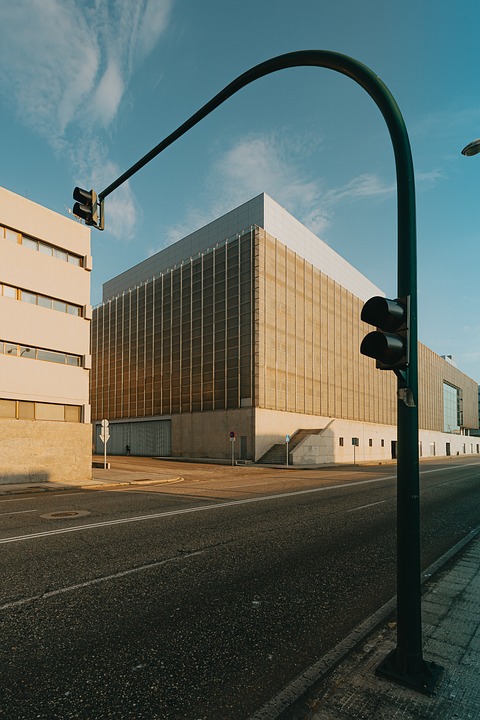Symbolism and Metaphor in Cinema
Symbolism and metaphor are powerful tools used in cinema to convey meaning and evoke emotions in the audience. These visual elements are carefully crafted by filmmakers to add depth and complexity to their storytelling. By using symbols and metaphors, filmmakers can communicate themes, character relationships, and plot developments in a subtle yet impactful way.
Symbolism in Cinema
Symbolism in cinema involves using objects, colors, animals, or other visual elements to represent abstract concepts or ideas. These symbols can add layers of meaning to a film, allowing viewers to interpret the story on multiple levels. For example, a recurring image of a rose in a film may symbolize love, beauty, or passion. Similarly, the use of a mirror in a scene may symbolize self-reflection, truth, or duality.
One famous example of symbolism in cinema is the use of the color red in Stanley Kubrick’s “The Shining.” Throughout the film, red is used to symbolize danger, violence, and madness. The iconic redrum (murder spelled backwards) written on a mirror serves as a chilling symbol of the protagonist’s descent into madness. By using the color red as a recurring motif, Kubrick effectively conveys the psychological turmoil of the characters and creates a sense of unease for the audience.
Symbolism can also be found in the use of objects or props in a film. For example, in Quentin Tarantino’s “Pulp Fiction,” the mysterious briefcase serves as a symbol of temptation, greed, and the unknown. The contents of the briefcase are never revealed, leaving audiences to interpret its significance for themselves. By using the briefcase as a symbol, Tarantino adds an air of mystery and intrigue to the story, inviting viewers to engage with the film on a deeper level.
Metaphor in Cinema
Metaphor in cinema involves using visual elements to represent abstract ideas or concepts. Unlike symbolism, which uses specific symbols to convey meaning, metaphor uses more abstract or indirect comparisons to communicate deeper themes. Metaphors often involve visual or auditory techniques to create a sense of connection between different elements in a film.
One powerful example of metaphor in cinema is the use of water in Guillermo del Toro’s “The Shape of Water.” Throughout the film, water is used as a metaphor for love, freedom, and transformation. The protagonist’s relationship with the mysterious amphibious creature highlights the transformative power of love and the desire for freedom from societal constraints. By using water as a metaphor, del Toro creates a rich and evocative visual language that enhances the emotional impact of the story.
Another example of metaphor in cinema is the use of mirrors in Darren Aronofsky’s “Black Swan.” Mirrors are used throughout the film to symbolize the protagonist’s struggle with identity, self-doubt, and perfectionism. The fragmented reflections in the mirrors create a sense of disorientation and confusion, mirroring the protagonist’s psychological state. By using mirrors as a metaphor, Aronofsky effectively conveys the internal turmoil of the character and adds depth to the narrative.
Unpacking the Cinematic Significance of Visual Elements
Visual elements such as color, light, composition, and framing play a crucial role in conveying symbolism and metaphor in cinema. Filmmakers carefully choose these elements to create a visual language that complements the narrative and enhances the audience’s understanding of the story. By analyzing these visual elements, viewers can unpack the cinematic significance of symbols and metaphors in a film.
Color is one of the most powerful visual elements used in cinema to convey meaning and evoke emotions. Different colors can evoke different moods and themes, setting the tone for a scene or character. For example, warm colors like red, orange, and yellow may symbolize passion, danger, or intensity, while cool colors like blue, green, and purple may symbolize calm, serenity, or mystery. By using color palettes effectively, filmmakers can create a visual language that reinforces the themes and emotions of the story.
Lighting is another important visual element that can add depth and atmosphere to a film. The use of light and shadow can create contrast, texture, and mood, enhancing the visual storytelling. For example, high-key lighting with soft shadows may create a sense of warmth and intimacy, while low-key lighting with harsh shadows may create a sense of suspense and tension. By manipulating lighting techniques, filmmakers can highlight important elements in a scene, create visual interest, and enhance the emotional impact of the story.
Composition and framing are essential elements of visual storytelling that help guide the viewer’s attention and interpretation of a scene. By carefully composing a shot and framing the subject within the frame, filmmakers can direct the viewer’s focus, create visual dynamics, and convey meaning. For example, a close-up shot of a character’s face may emphasize their emotions or thoughts, while a wide shot of a landscape may convey a sense of scale or isolation. By using different composition and framing techniques, filmmakers can create visual metaphors that enhance the narrative and engage the audience on a deeper level.
In conclusion, symbolism and metaphor are powerful tools used in cinema to add depth and complexity to storytelling. By incorporating visual elements such as color, light, composition, and framing, filmmakers can create a rich and evocative visual language that enhances the audience’s understanding of the story. Through careful analysis of these visual elements, viewers can unpack the cinematic significance of symbols and metaphors in a film, gaining a deeper appreciation for the artistry and craft of filmmaking.
